Featured image: The stunning Copper Canyon (Barrancas del Cobre), has a gulf four times bigger than the Grand Canyon | Photo by wirestock on Envato
Chihuahua has some of Mexico’s most spectacular natural formations
by Kathy Buckworth
At the age of 61, I was excited to visit a part of Mexico that I hadn’t been to before: the Chihuahua State of Mexico. I heard and witnessed many stories of the strong women who have shaped this mountainous and cavernous part of the country. From a young “liberal” Mennonite woman named Ashley to an elderly mountain cave-dwelling Shaman called Catalina, these women represent the traditions of Chihuahua, which are still very much alive in the modern world.
My timing fortuitously overlapped with the inauguration of the first female president of Mexico, Claudia Sheinbaum, age 62. She was going where no other woman in Mexico had ever been. In her inauguration speech, which I watched on a television in a tiny burrito bar somewhere on the road out of the city of Chihuahua, Sheinbaum addressed how honoured she was to become the first woman to hold this office. “I am a mother, grandmother, scientist and woman of faith, and as of today, by the will of the people, the constitutional president of the United Mexican States. I will not let you down,” she said.
But first, the facts. The city of Chihuahua is located inside the state of Chihuahua, where my visit started. This city of 1.1 million feels quite like an American or Canadian city as you drive in on the retail-covered freeways from the airport. But a visit to downtown (the old part) of Chihuahua reveals a city steeped in history and fine architecture. The area also boasts some of the most spectacular natural formations in the country, including Copper Canyon, which has a gulf four times bigger than the Grand Canyon.
Join us: get stories about exciting destinations around the world delivered to your inbox. Sign up here!
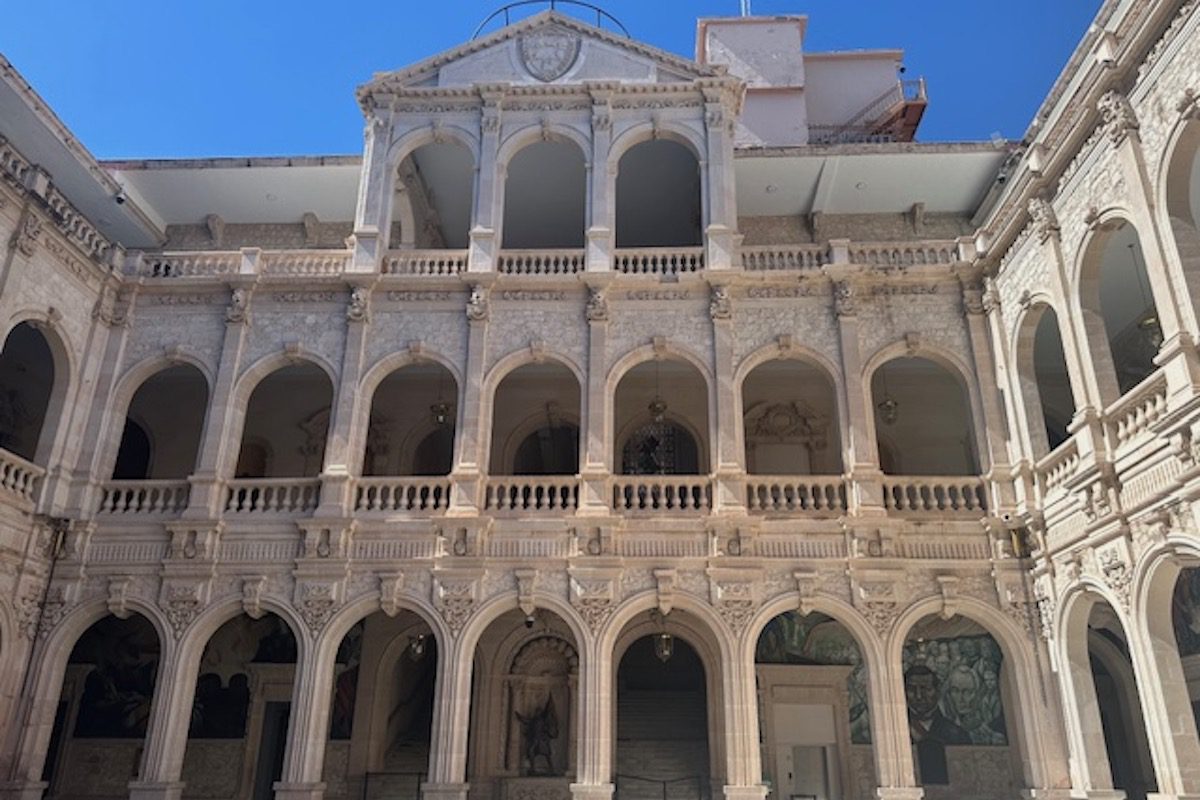
Government Palace in Chihuahua, the city’s centrepiece/ Photo by Kathy Buckworth
Sights to See in Chihuahua, Mexico
The centrepiece of the city is the Government Palace of Chihuahua (Palacio de Gobierno de Chihuahua). The Governor of the state has executive offices here, and this 19th-century architectural mix (each of three levels representing a different style), was refurbished in 2004. It features extensive murals on the walls representing the history of the state, painted remarkably by one man, Aaron Pina Mora, who completed the work in 1962.
The Quintos Gameros is a mansion which is also a Historic National Monument of Mexico. Currently owned by the Centro Cultural Universitario Quinta Gameros, this impressive and imposing building has a storied past, including the fact that it was originally constructed as a private residence in 1907. It is open to the public (although not on the day we visited as all national monuments were closed on inauguration day).
As a Canadian traveller, I was very interested in the Mennonite Community that we visited in Cuauhtemoc. Out of a city of 100,000, a full 60,000 are Mennonites, who came from Canada in the 1920s after the Mexican Revolution had seen the deaths of many young Mexican men. Mostly from Manitoba and Saskatchewan, they were promised an exemption from military service and wouldn’t have to pay taxes for 50 years (until the 1970’s). While they still adhere to mostly traditional roles (men out at work, on the farms, and women at home with the children), Liberal Mennonites don’t wear traditional clothes and use technology. Some Traditional Mennonites still don’t have running water or electricity.
Our guide at the Mennonite Museum, Ashley, wore a t-shirt and jeans, and had a smartphone. She also indicated that she didn’t take over the care of her siblings, previously a role she would have played in the past. We did see Traditional Mennonites in their classic bonnets, dressed in black suits, much like in the Winnipeg area where I grew up. Trading Manitoba for Mexico; I could see the appeal, particularly in the winter months. Those who came were allowed to maintain their Canadian citizenship, not just for themselves, but for their offspring as well.
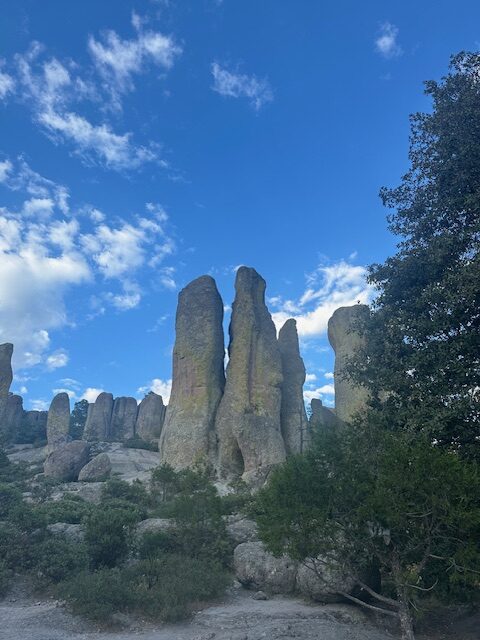
Valley of the Monks / Photo by Kathy Buckworth
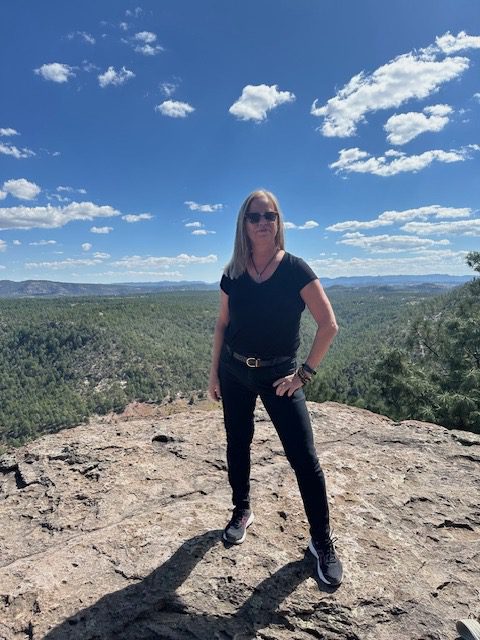
Kathy standing on the edge of Copper Canyon/ Photo by Kathy Buckworth
Natural formations in Chihuahua, Mexico
While the people, and particularly the women of Mexico are fascinating and multi-faceted, the geography of the state of Chihuahua boasts some of the most spectacular natural formations in the country.
The most well-known is Copper Canyon, which is actually six distinct canyons that were formed by six rivers, that cover an area of 65,000 square kilometres. Copper, gold and silver have been mined here, and the natural beauty of the canyons is a popular tourist draw. But, in an age where we are acknowledging the risks posed by over-tourism and damage to natural ecosystems, developing the tourist market is controversial, especially with the Raramuri, indigenous to the area.
The Raramuri are known for their ability to run great distances, due to the necessity to travel great distances between the valleys, by foot. Another notable Mexican woman is Lorena Rameriz, famous as an ultra-marathoner, due to her ability to run long distances in traditional Raramuri clothes, including a long skirt and sandals. (Visit the Lorena Rameriz Foundation to find out how to support Raramuri women and children.)
Valley of the Monks is a striking natural wonder, located within Copper Canyon, and is noted for its series of monoliths, which form the spectre of a religious gathering. There are many hiking trails to take visitors through the canyons and caves of the Valley of the Monks, ranging from easy to difficult. The Raramuri women are often found at the base, selling their local handicrafts.
Of course, these women are also represented and identified by President Sheinbaum.
“Women who fought for their dreams and achieved them, and to those who did not achieve them, to those who had to keep quiet and shout alone, to the Indigenous women, the domestic workers who leave their villages to support us all, to the great-grandmothers who did not learn to read and write because that was not for girls, to the mothers who first gave us life and then everything else, the sisters, the aunts, the beautiful daughters. I am not alone; we are all here.”
And you should consider being here also, to take in the beauty and the history of Chihuahua.
Disclaimer: To learn about this area, Kathy was a a guest of the Chihuahua Tourism Board, who did not review this article prior to publication.
Read More: 25 Things to Love About Mexico
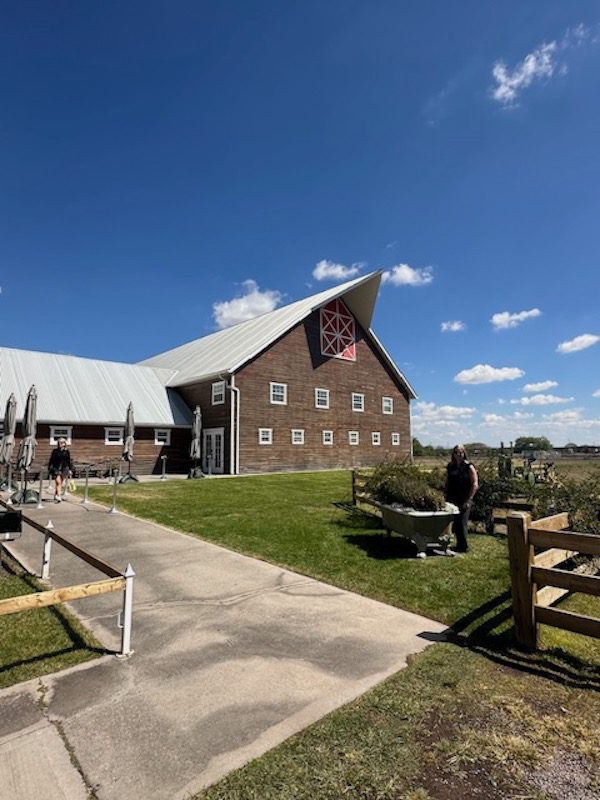
Mennonite Museum / Photo by Kathy Buckworth
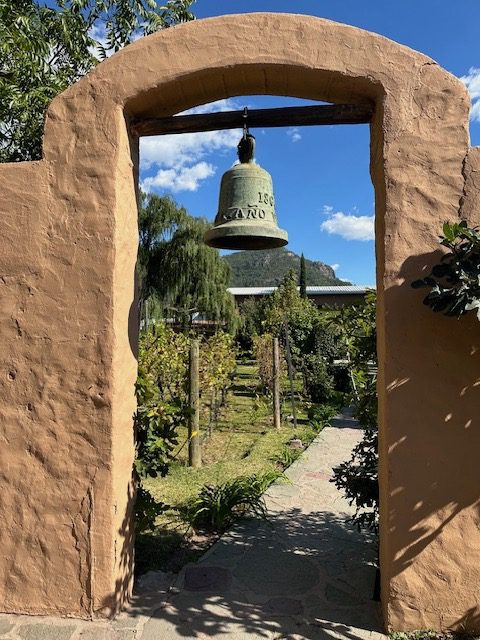
Hotel Mision de Cerocahu / Photo by Kathy Buckworth
Planning your trip to Chihuahua
Places to Stay
Chihuahua (city): Sheraton Four Points in the new part of the city, within a popular restaurant and casino area, as well as the Bonita Maria. Both are within 30 minutes of the Chihuahua airport.
The Lodge at Creel: Steps from the Pueblo Magico town of Creel, the Lodge offers a wood cabin feel with all the amenities (fitness centre, full-service restaurant and on-site brewery).
Hotel Mision de Cerocahui: Located in an old vineyard, the Mision Hotel is next door to a mission church, founded in 1694. Just a few minutes from the Urique Canyon.
Hotel Mirador: With breathtaking views of Copper Canyon, this “built into the rock” hotel offers unique rooms, hiking trails, and authentic Mexican cuisine.
How to get there
Aeromexico operates flights from Mexico City to Toronto, Vancouver, and Montreal. In total, they operate 24 weekly flights connecting Mexico and Canada, with more than 34 thousand seats. Aeromexico flies from Mexico City International Airport to Chihuahua International Airport 35 times a week. Click here to search for flights!
In 2016 Aeromexico developed a protocol and procedure for detecting possible cases of human trafficking. In 2017 Aeromexico formalized an alliance with the United National Office on Drugs and Crime. They were the first airline to disseminate the Blue Heart #AquiEstoy campaign with their customers. They developed a human trafficking prevention card, available on all aircraft. Aeromexico recognizes the importance of influencing the transfer phase, focusing its efforts on preventing and detecting possible cases during its operations. Most of the victims of human trafficking are adult women, mostly trafficked for sexual exploitation.
More to Discover From Mexico
Swimming with Whale Sharks in Mexico’s Galapagos: Adventures in La Paz, Baja California Sur
A once-in-a-lifetime experience swimming with whale sharks in La Paz, Mexico, reminds us to trust ourselves and the universe.
Hidden Gems and Small Villages for Women to Explore Near Mexico City
Vibrant villages in Ixtapan de la Sal, Tecometepec, Taxco, Toluca and Metepec offer women travellers a deeper connection to Mexico.
An Insider’s Guide to the Cultural Powerhouse of Mexico City
Mexico City is overflowing with museums, food and culture, so having a knowledgeable and enthusiastic guide makes all the difference.

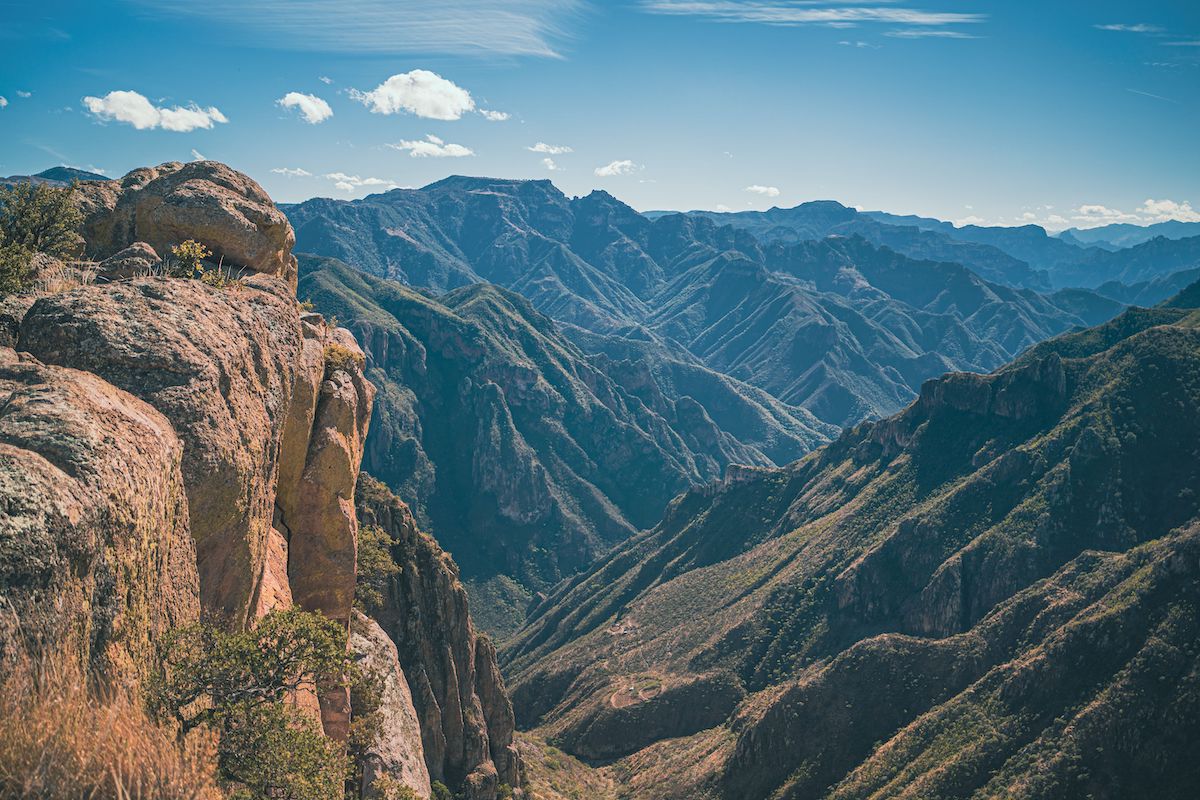



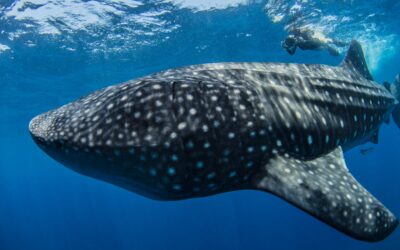

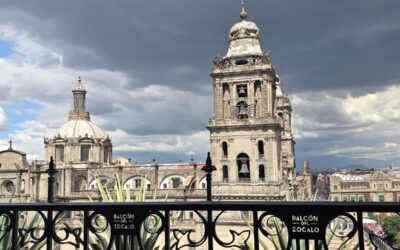
0 Comments
We always strive to use real photos from our own adventures, provided by the guest writer or from our personal travels. However, in some cases, due to photo quality, we must use stock photography. If you have any questions about the photography please let us know.
Disclaimer: We are so happy that you are checking out this page right now! We only recommend things that are suggested by our community, or through our own experience, that we believe will be helpful and practical for you. Some of our pages contain links, which means we’re part of an affiliate program for the product being mentioned. Should you decide to purchase a product using a link from on our site, JourneyWoman may earn a small commission from the retailer, which helps us maintain our beautiful website. JourneyWoman is an Amazon Associate and earns from qualifying purchases. Thank you!
We want to hear what you think about this article, and we welcome any updates or changes to improve it. You can comment below, or send an email to us at [email protected].